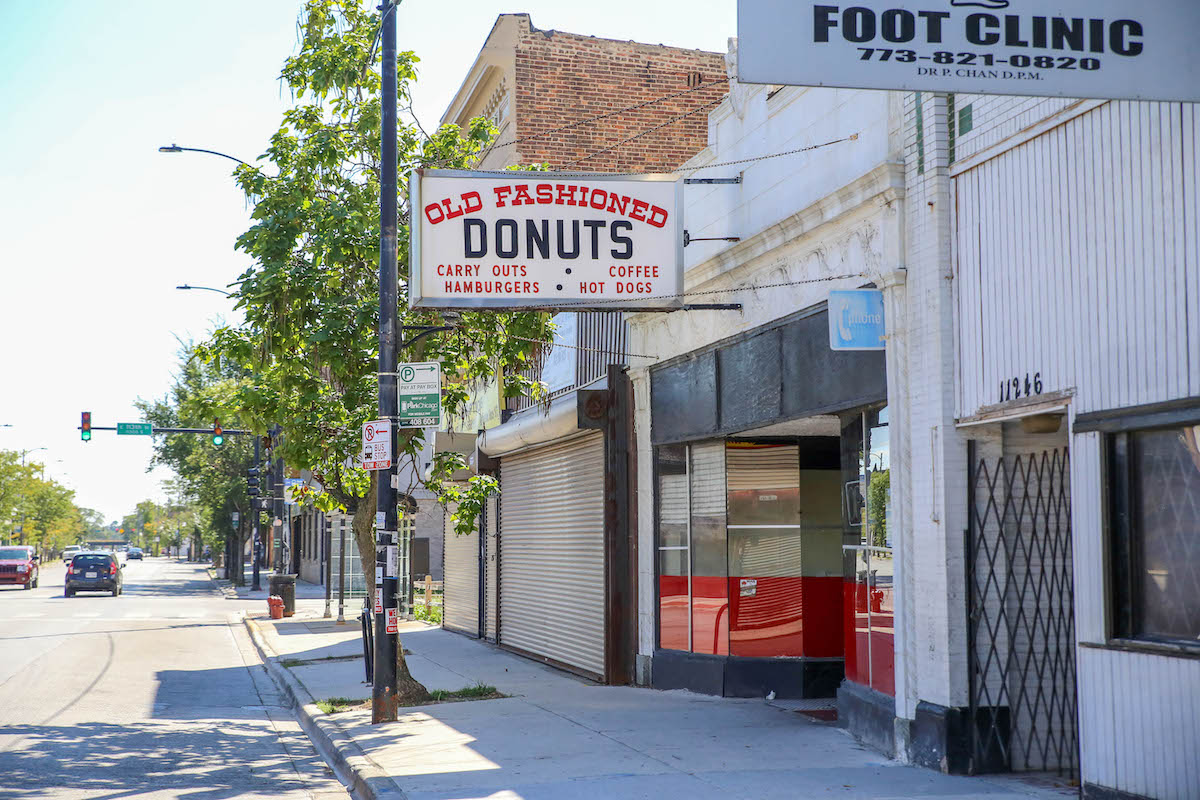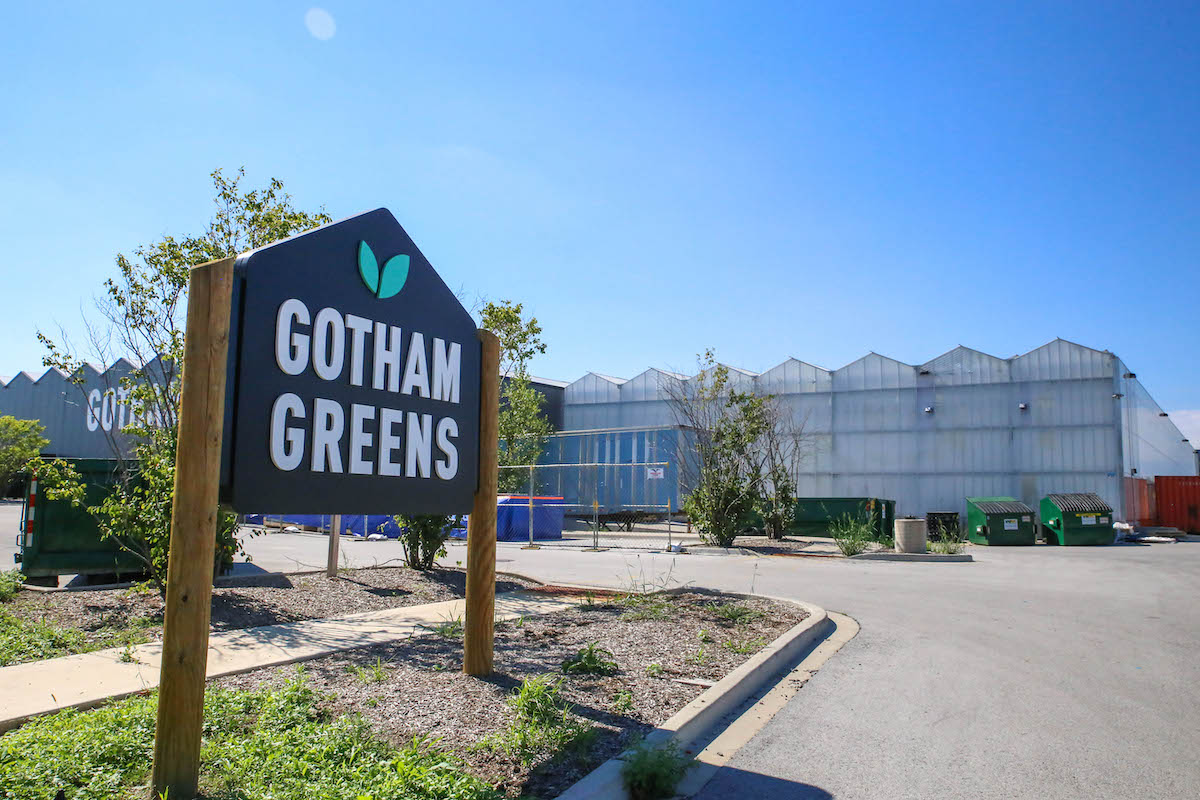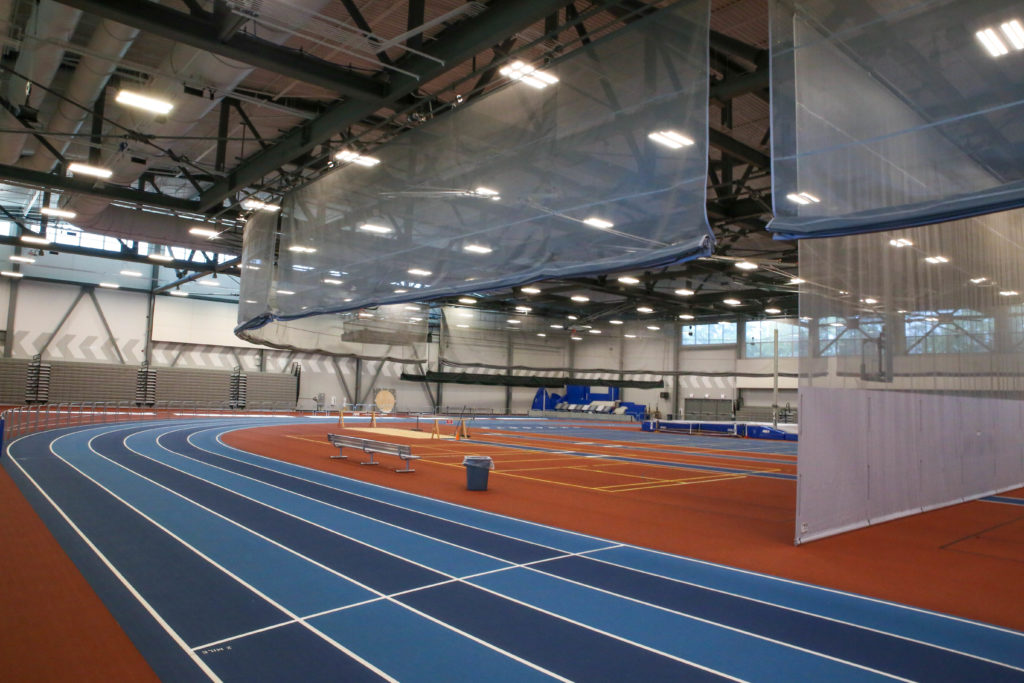- Best Public Four-Year University: Chicago State
- Best Futuristic Source of Local Fresh Greens: Gotham Greens
- Best Athletic Center Inspired by a Chicago Activist: Dr. Conrad Worrill Track and Field Center
Growing up in Roseland in the 70s was a wonderful experience. Walking to the neighborhood school past beautiful single-family homes along tree-lined blocks, or to the Pullman library for books, or to Gately Park, marked my days as a child. JCPenney, Gately’s Peoples Store, the Roseland Theater, and Kresge’s Drug Store were all on South Michigan Ave from 107th to 115th Streets, the Magnificent Mile of the South Side. If you look closely, shadows of historical architecture can be seen in some of the older buildings still standing on these streets.
Roseland was named by Dutch immigrants who settled the area, and research has turned up that several of the original settlers sheltered enslaved people in their homes as part of the Underground Railroad. It is only fitting that the growing African-American middle class began buying homes there in the late 60s and still populates the area.
As businesses began to leave Roseland in the late 80s and early 90s, the community fell into disinvestment and hard times. However, Roseland is still filled with well-kept homes and residents who care for their community. With the recent announcement by the city of new housing, shopping and potentially a new CTA train station coming to the long neglected Michigan Avenue, there seems to be a vision that Roseland’s Magnificent Mile will rise again and jump-start the renaissance and renewal of this community.
Bordering Roseland, the community of Pullman is historically significant as one of the first planned community for workers in the United States. Built in the 1880s, Pullman is an architecturally beautiful community that was designated a National Monument in 2015. It has seen lots of investment and development in recent years, including the Pullman Community Center, a new Visitor Center for the National Monument, restaurants and manufacturing, and a plan for a hundred-room hotel on land formerly occupied by the closed Ryerson Steel plant.
The hope is that new investment and interest in Roseland and Pullman will keep these communities viable for future generations of South Siders.
Vanessa Johnson is a teacher and longtime resident of Roseland. Her favorite Chicago film is Cooley High.



